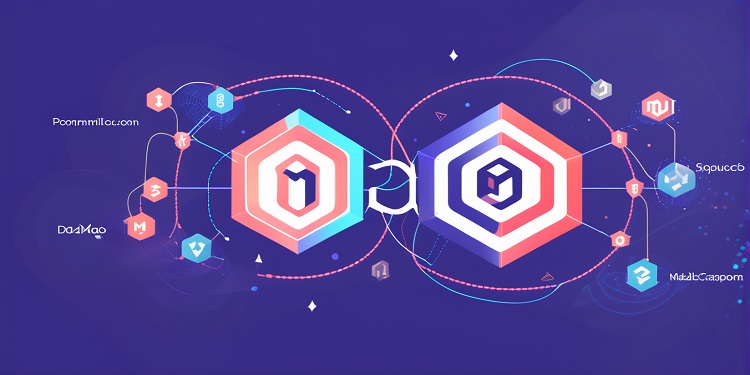 In the last one year, the Lightning Network has recorded a growth of 75%, with the number of nodes reaching 8,900 on February, as per LN monitors at Bitcoin Visuals.
In the last one year, the Lightning Network has recorded a growth of 75%, with the number of nodes reaching 8,900 on February, as per LN monitors at Bitcoin Visuals.
A considerable share of the rise happened in recent times, indicating that certain Bitcoin holders are moving towards the layer-two system, likely as a way of avoiding large transaction charges.
The aggregate Bitcoin frozen in LN channels has stood between 1,000 and 1,100 since August 2020. Nevertheless, the aggregate dollar value has increased 250% in the intermediary months, transforming to a documented $42.72 million presently frozen on the network.
The aggregate count of channels between nodes presently remains at roughly 38,600, the largest since May 2019. The number does not reflect channels between private nodes.
“Digital Cash”
“Money for the unbanked”Instead we got $15-$20 to send a transaction.
As long as token holders paid pennies on the dollar, they will put up with it. The cycle repeats: the rich don’t mind problems the poor can’t ignore. pic.twitter.com/eA8tOkIcBr
— luke@stokes (@lukestokes) February 5, 2021
Since the roll out three years back, the Lightning Network continues to stare huge difficulty in on-boarding fresh partakers and is nonetheless attaining an acceptable level of implementation.
Several routine Bitcoin users are uncomfortable about the technical prerequisites of financing a Lightning node and retaining a channel, choosing to stay with on-chain transactions until the process becomes simple.
Nevertheless, large cryptocurrency exchanges have started to use the network. Back in December, Kraken revealed its intention to incorporate the LN in the first half of this year. OKEx echoed similar ideas last week and anticipates creating LN support “in the coming quarter.”
Bitfinex, which has announced free of cost exchange of LN funds for more than a year, has gone to the next level of backing Liquid BTC, which is Blockstream’s rival smart contract led L2 system. Both Liquid BTC and Lightning Network funds can be redeemed for Bitcoin on-chain through the facility offered by Bitfinex.
as much faith as I once had in Lightning Network, no, it won't go mainstream, ordinary users would not bother to learn the technicality of moving funds to the channel, and etc, they just want spend and send. Plus, miners don't seem to like it because it affects their profit
— Gallant (@Gallant26985999) February 11, 2021
As several cryptocurrency exchanges start using second layer on the basis of deposit and withdrawal options for Bitcoin, inter-exchange fund transfers are forecast to happen quickly and in a cost-effective manner, with standard transaction charges being substituted with Lightning’s median starting charge of 1 satoshi.
You need to read what Ross Stevens, Executive Chairman of NYDIG, said to @michael_saylor yesterday about how he’s leveraging the #LightningNetwork, @ln_strike and @lightning.
It describes #Bitcoin‘s Chapter 2 in such a direct and incredible way. Buckle up. pic.twitter.com/SKujGKeGuG
— Ryan Gentry (@RyanTheGentry) February 5, 2021
The Lightning Network was initially put forth by Thaddeus Dryja and Joseph Poon through a white paper in January 2016. Understanding the issues of Bitcoin’s 1 MB block size limit, Poon and Dryja established a method for completing Bitcoin transactions off-chain.
The outcome was an independent, smart contract-powered network that has the capability of assisting Bitcoin to step up a greater higher number of transactions every second.









